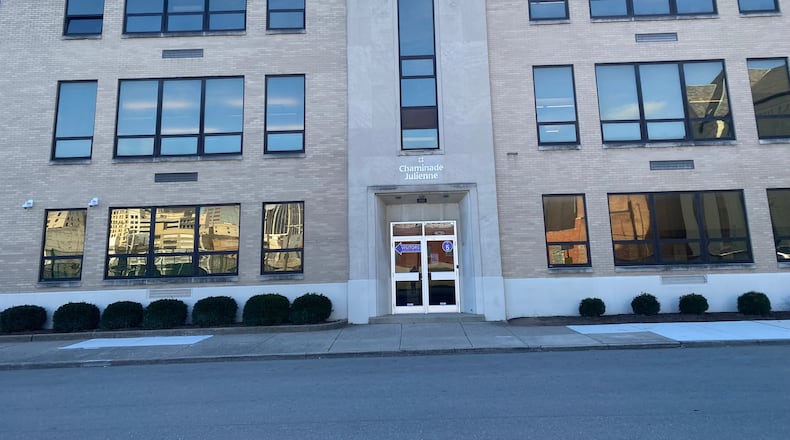The Ohio Department of Education has received 70,487 applications for EdChoice vouchers as of Sept. 7, a 165% increase from the 26,578 applications the Department received last school year.
But the state had approved just 29,452 applications as of Sept. 7, meaning more than 40,000 applications are still pending. Lacey Snoke, spokeswoman for ODE, said the reason for the backlog is the department is receiving between 900 and 1,000 applications a day.
Students whose family make up to 450% of the poverty line — $135,000 for a family of four — can get a full voucher under income guidelines. No one can get less than 10% of the voucher. Previous income guidelines included anyone who made up to 250% of the poverty line. Other EdChoice students qualified based on the public school they lived nearby.
Full vouchers are worth more now than previous years. High school students can now get up to $8,407, and kindergarten through eighth grade students can get up to $6,165.
The new guidelines went into effect in July, when many schools started in early August.
Beth Lawson, spokeswoman for School Choice Ohio, an advocacy group for school voucher expansion, said one thing families need to keep in mind is the grace period built into the legislation.
Families have until Oct. 14 to submit their applications, and Lawson said as long as everything is correct families don’t need to worry about getting their payments. But after Oct. 14, it depends on circumstances.
Lawson noted that many people already accepted into Ohio private schools are newly eligible for the EdChoice scholarships. Additionally, people who were previously eligible for EdChoice scholarships based on where the student resides are now eligible under income guidelines, which means they must submit paperwork they didn’t have to before.
“Everyone was to submit income verification this year,” Lawson said.
Lawson said she appreciated ODE’s virtual office hours this year, as it also helps schools trying to work through EdChoice with families and students.
Aaron Churchill, Ohio policy director for the Fordham Institute, which advocates for charters and vouchers, said he thinks the problem will be temporary.
After this year, people likely won’t need to reapply each year, Churchill said.
ODE also got some additional funding to hire additional staff in the nonpublic school office, almost twice as much as previous years.
John Fortney, spokesman for the Republicans in the Ohio Senate, said the program is clearly popular. He noted many of ODE’s responsibilities are soon moving to the new Department of Education and Workforce under the governor’s office.
“This shows the great interest and need for the program, and as with any realignment of a department and an expanded program there can be an adjustment period,” Fortney said. “We’re confident this can be resolved within the department under the supervision of the governor’s office.”
About the Author

